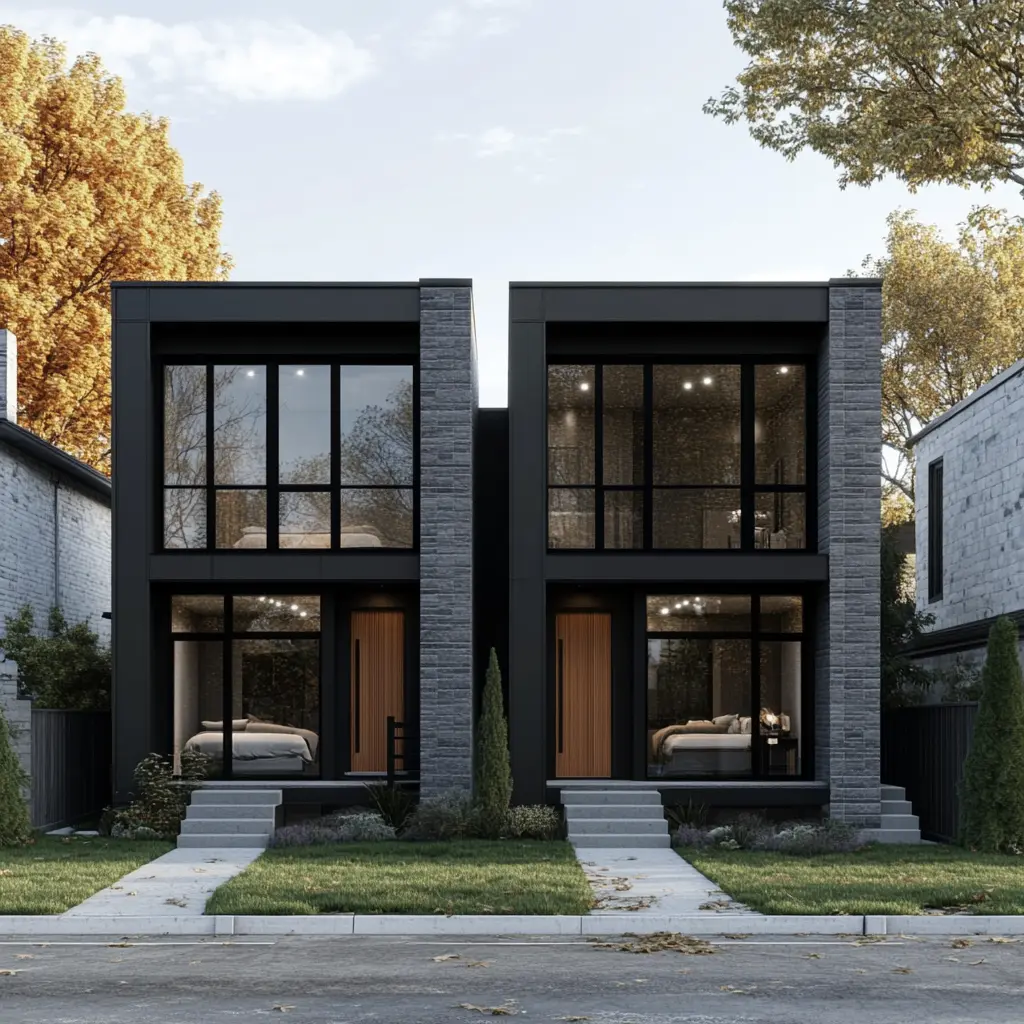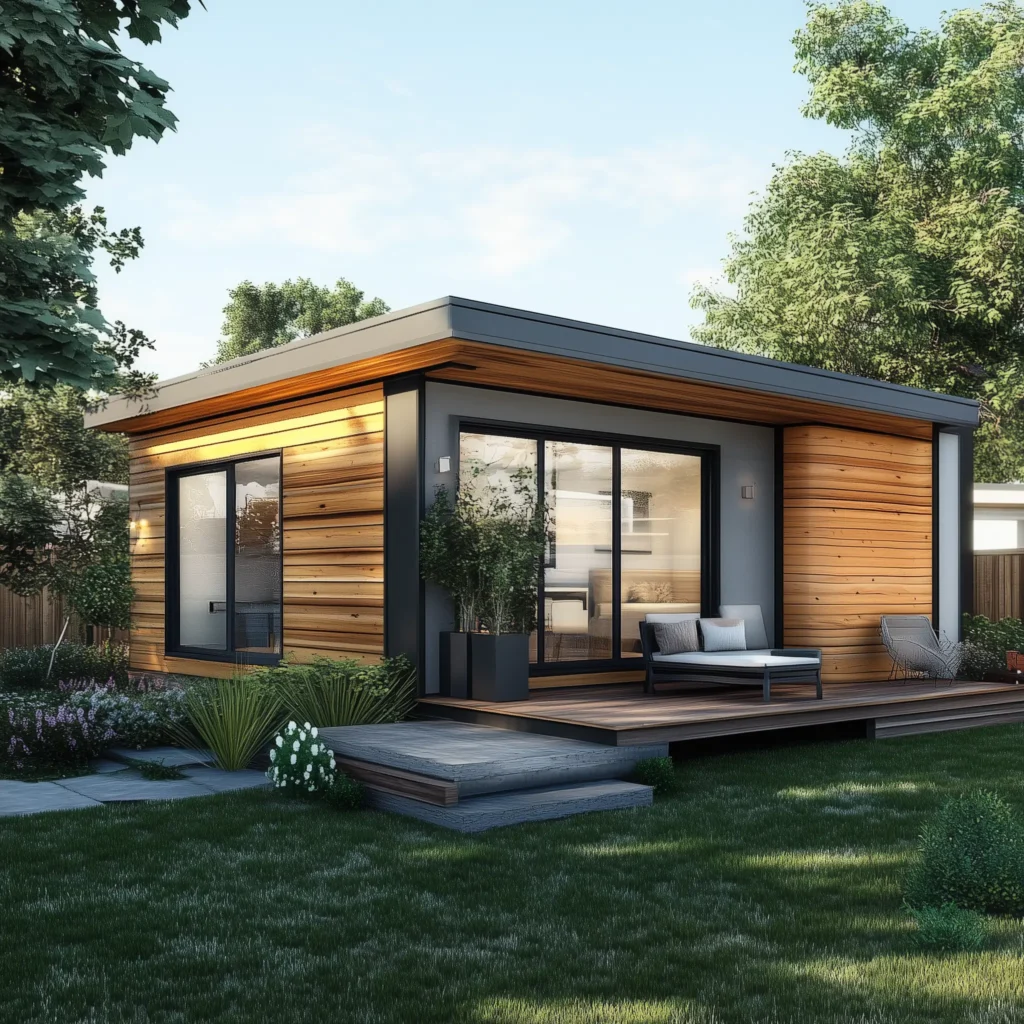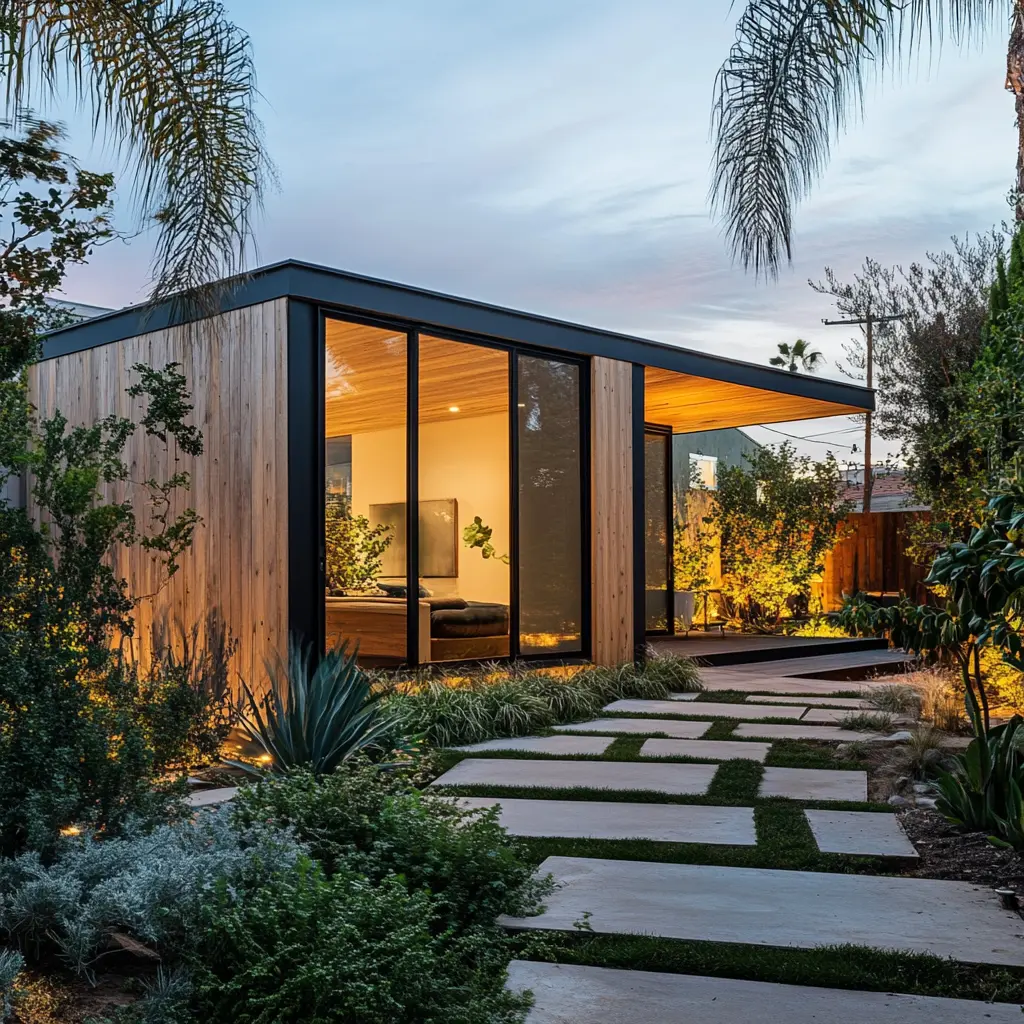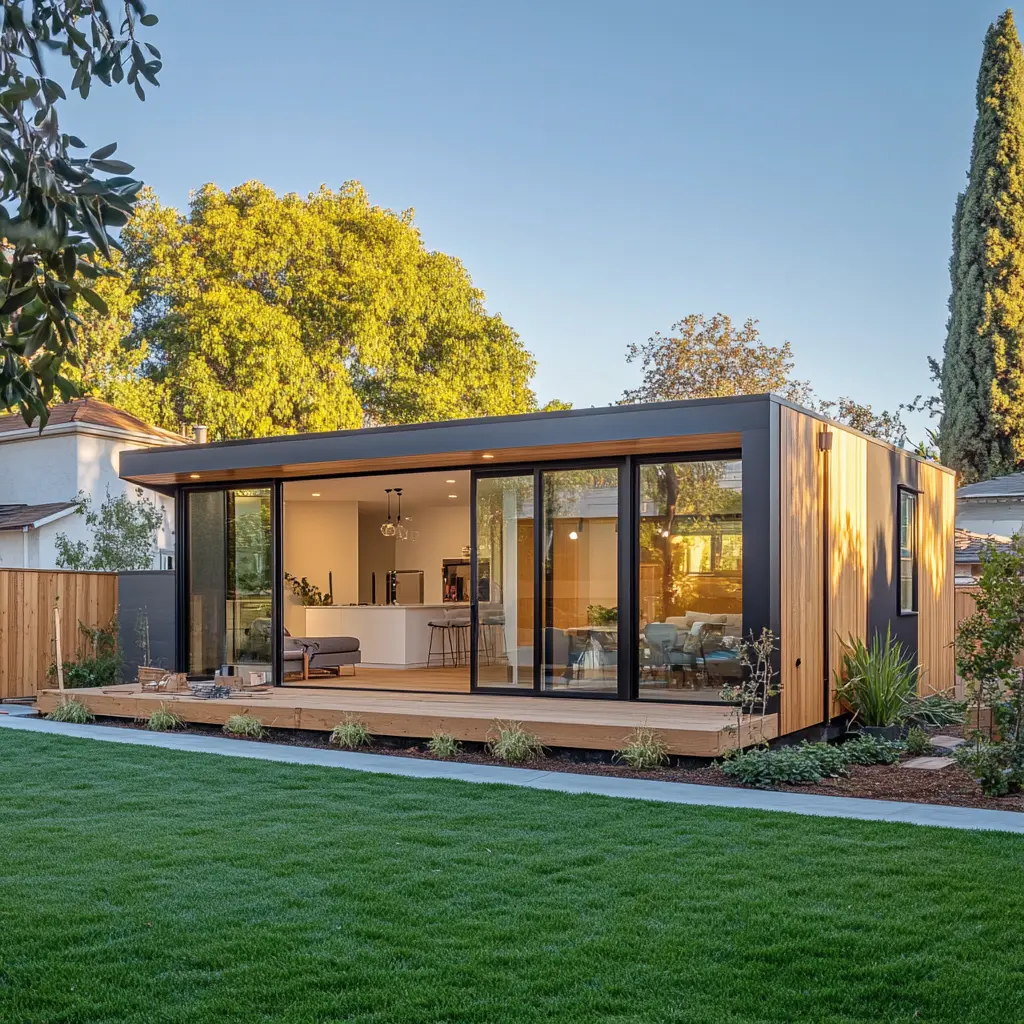
The SB9 Law is transforming California housing by enabling ADU construction and redefining zoning rules. This article provides an in-depth overview of SB9, including its impact on housing development, incentives, legal requirements, and what it means for homeowners, developers, and potential investors. Whether you’re looking to create additional housing on your property or interested in the broader trends affecting California housing laws, this guide will break everything down.
What is SB9 Law and Why Does It Matter?
In recent years, California has faced an ongoing housing crisis, characterized by high demand and insufficient supply. To address this issue, lawmakers have implemented SB9 (Senate Bill 9), a groundbreaking law that facilitates the construction of more housing in single-family residential zones. For anyone involved in real estate development or housing solutions, understanding the implications of SB9 is crucial—especially if you’re considering building Accessory Dwelling Units (ADUs).

What is SB9 Law?
Senate Bill 9, signed into law in 2021, allows for the construction of duplexes and accessory dwelling units (ADUs) in previously restrictive residential areas. It was created as a response to California’s housing shortage, aiming to increase housing availability by permitting homeowners to build more units on their single-family lots. SB9 enables:
- Duplexes: Homeowners can convert a single-family lot into a duplex (two units).
- ADUs and Junior ADUs: Homeowners can build one or two ADUs on their property.
- Streamlined Process: It provides a more streamlined process for permits and zoning exceptions, reducing the time and complexity involved.
Key Features of SB9 Law
- By Right Development: This means homeowners can build duplexes and ADUs on their property without needing local discretionary approvals (unless specific exceptions apply, like for historic properties).
- Lot Splits: SB9 allows property owners to split a single-family lot into two parcels. Each parcel can accommodate a duplex and additional ADUs, potentially increasing the overall housing density in a given area.
- Owner Occupancy Requirement: Homeowners must occupy one of the units on the property for at least three years after the lot split.


Turn Your Property into Opportunity with SB9
Discover how the SB9 Law can help you add value to your property with ADUs or duplexes. Schedule your consultation today!
How Does SB9 Impact ADU Development?
The SB9 law significantly influences ADU development by making it easier for homeowners to add more living space and potentially generate rental income. With the growing interest in affordable housing, ADUs are becoming a popular option for homeowners looking to create secondary units for family members, renters, or guests.

Benefits of the SB9 Law for ADUs
- Increased Density: By allowing additional dwelling units on existing properties, SB9 increases the housing stock in neighborhoods that previously only allowed single-family homes.
- Flexibility: Homeowners can either add one or two ADUs, depending on the size and layout of the property.
- Simplified Approval Process: Local municipalities must approve applications within a certain timeframe, speeding up the development process.
| City | Max ADUs Allowed | Lot Split Requirement | Owner Occupancy Requirement | Incentives/Cost Reductions | Zoning Adjustments |
|---|---|---|---|---|---|
| Los Angeles | 2 ADUs + 1 Duplex | Yes | 3 years | Property tax reductions | Relaxed zoning limits |
| San Francisco | 2 ADUs + 1 Duplex | Yes | 3 years | Reduced permit fees | Streamlined review |
| San Diego | 1 ADU + 1 Duplex | Yes | 3 years | Grant programs available | Easier permitting |
| Sacramento | 2 ADUs | No | N/A | Tax incentives for ADU builds | Simplified zoning |
| Fresno | 2 ADUs + 1 Duplex | Yes | 3 years | Zero-interest loans available | ADU-friendly zoning |
Incentives for Building ADUs Under SB9
The California Housing Department and local governments provide various incentives and financial programs to encourage homeowners to build ADUs. These include:
- Property Tax Reductions: Certain cities offer tax incentives for property owners who build ADUs.
- Reduced Permit Fees: Local governments like Los Angeles and San Francisco have reduced application and permit fees for ADUs built under SB9.
- Loans and Grants: Some cities offer low-interest loans or grant programs to homeowners looking to develop ADUs on their properties.
These incentives aim to make it more affordable for homeowners to invest in additional housing, thus helping alleviate California’s housing shortage.
Example:

Los Angeles ADU Incentive Program
Los Angeles provides grants of up to $75,000 to qualified homeowners looking to build an ADU. These grants help cover construction costs, thus making it more feasible for homeowners to convert their properties into multi-unit residential areas.
Potential Costs Involved in Building ADUs
While SB9 provides opportunities, there are still costs associated with developing an ADU. Homeowners need to consider:
- Construction Costs: Building an ADU can cost anywhere from $100,000 to $400,000 depending on size, materials, and location.
- Permitting Fees: Even with SB9, there may still be costs involved in acquiring permits. However, some fees may be reduced due to SB9’s incentives.
- Utility Hookups: Additional utility lines and infrastructure may need to be added, depending on the location of the property.
How to Navigate the SB9 Approval Process
Although SB9 has simplified the approval process, homeowners still need to follow the steps below:
- Check Zoning Requirements: Each city may have unique zoning requirements. It’s crucial to check with your local Planning Department for details.
- Apply for Permits: Submit your application through the California Department of Housing and Community Development (HCD) or your local municipality.
- Hire a Licensed Contractor: Ensure you work with a contractor who is familiar with ADU construction and SB9 regulations.

Tips for Homeowners Considering ADUs
- Do Your Research: Understanding local zoning laws and ADU regulations is crucial to ensure your project is successful.
- Budget Wisely: Be sure to account for both initial and long-term costs, including construction, permits, and utility connections.
- Consult with Professionals: Work with real estate professionals, urban planners, or legal experts who specialize in ADU zoning laws to ensure compliance.
Conclusion
The SB9 law is a step toward tackling California’s housing shortage by enabling homeowners to build more residential units on their properties. By simplifying the permitting process and offering various incentives, the law helps facilitate ADU construction and enhances the overall availability of housing in areas that traditionally restricted development.
For homeowners and real estate developers, SB9 presents an incredible opportunity. If you’re looking to build an ADU or duplex on your property, now is the time to take advantage of this transformative legislation.

Unlock the Benefits of the SB9 Law Today!
Don’t stress over zoning laws—our team specializes in SB9 Law compliance and permits. Let us guide you step by step.





